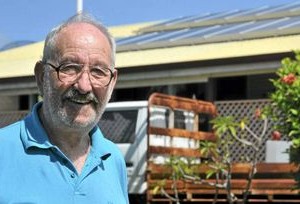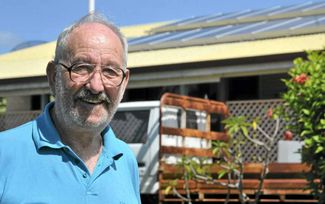A recent report from Pecan Street Research, an energy research firm based in Austin, Texas, reveals that solar power systems can provide the electric power requirements and can significantly reduce energy demands of households especially in the afternoon during summer months. This is good news to consumers who are complaining of the steady increase in their monthly electricity bills.
The report was based on the firm’s study focusing on the production and consumption of 52 single-family solar homes in Austin, Texas. It involved 14 west-facing solar arrays, 24 south-facing arrays, and 14 arrays having a combination of both. The various set-ups are devised in order to determine which of these set-ups produce the most solar power.
The study revealed that south-facing arrays were able to reduce power demands from the grid by around 54% while the west-facing solar power systems were able to cut the peak demand by about 65%. In a single day, solar arrays from the solar homes consumed around 64% of the electricity produced and the remaining 36% were turned over to the grid. By returning the excess power that was produced, they were able to help those who were experiencing short supply of electricity.
This is significant news considering the rising cost of network charges in Australia in recent years. The country has spent $11 billion in energy infrastructure which is being used only for four days in a year to supply the energy demands of air conditioners. This energy infrastructure refers to the network of poles used in the distribution of electricity. Solar quotes would be much lower than the cost of these network charges. Homes using solar panels obtained from reasonable solar quotes can therefore play a major role in controlling and eventually reducing this cost to a manageable level.
West facing solar panels proved their worth during summer months when most households have their air conditioners turned up high. These panels produced 49% more power to the solar homes during the peak demand hours of 3 to 7 p.m. than the south facing panels. There are the hours when the temperature is at its peak. But south facing panels have produced more power during the entire year. That means they are more efficient than the north solar panels overall.
On the average, the solar households were able to reduce their electricity peak demand from the grid by 58%. That is a considerable reduction in demand that will positively impact the short energy supply in other areas in the grid. This is just considering the actual PV generated electricity used in the home.
According to the Brewster McCracken, the lead author of the Pecan Street Research study, solar systems are able to provide huge summer peak demand for electricity, without the need for households to sacrifice their comfort or reduce their electric consumption. Therefore, if solar panels are used as adjuncts to the grid, a normal household need not scrimp on their energy use since there will always be ample supply of electricity.

